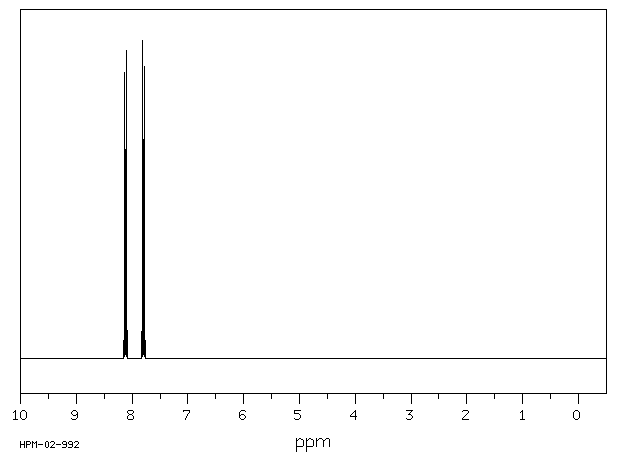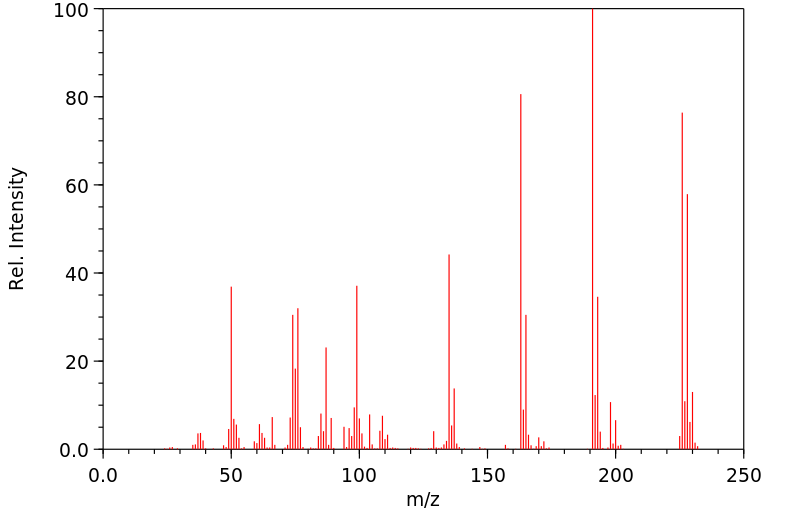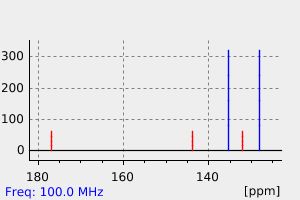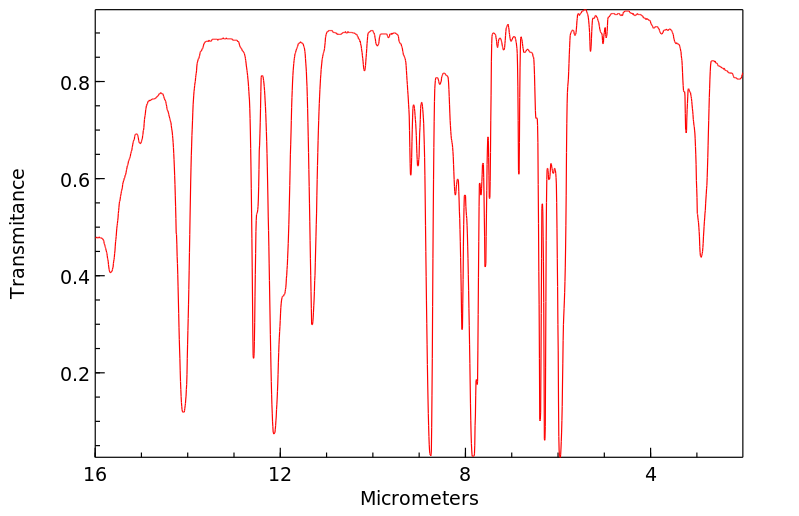代谢
三种1,4-萘醌(NQs)的暴露降低了两种细胞类型中的细胞内谷胱甘肽水平。对于BF-2和HepG2细胞,用谷胱甘肽耗竭剂丁硫氨酸亚砜胺(BSO)预处理,增强了5,8-羟基-1,4-NQ和二氯苯的细胞毒性;用DT-二氢嘧啶酶的抑制剂二氢化黄酮预处理对这些两种NQs的毒性没有影响。显然,对于这两种醌类化合物,BF-2和HepG2细胞中的主要代谢途径涉及通过单电子还原反应的氧化还原循环,产生消耗细胞内谷胱甘肽的活性氧中间体。用BSO预处理BF-2细胞,而不是用二氢化黄酮预处理,增强了1,4-NQ的毒性,这再次表明代谢是通过单电子还原发生的。然而,对于HepG2细胞,用二氢化黄酮预处理,而不是用BSO预处理,增强了1,4-NQ的细胞毒性。显然,与BF-2细胞相比,HepG2细胞中的1,4-NQ是通过涉及双电子还原的DT-二氢嘧啶酶代谢的。
Exposures to the three 1,4-naphthoquinone (NQs) reduced intracellular glutathione levels in both cell types. For the BF-2 and HepG2 cells, pretreatments with buthionine sulfoximine (BSO), a glutathione-depleting agent, potentiated the cytotoxicity of 5,8-hydroxy-1,4-NQ and dichlone; pretreatment with dicoumarol, an inhibitor of DT-diaphorase, had no effect on toxicity of these two NQs. Apparently, for these two quinones the predominant metabolic pathway in both the BF-2 and HepG2 cells involved redox cycling via a one-electron reduction reaction, generating reactive oxygen intermediates that consumed intracellular glutathione. Pretreatment of the BF-2 cells with BSO, but not with dicoumarol, potentiated the toxicity of 1,4-NQ, again indicating that metabolism occurred via one electron reduction. However, for the HepG2 cells, pretreatment with dicoumarol, but not with BSO, potentiated the cytotoxicity of 1,4-NQ. Apparently, in the HepG2, as compared to the BF-2, cells, 1,4-NQ was metabolized by DT-diaphorase in a reaction involving a two electron reduction.
来源:Hazardous Substances Data Bank (HSDB)










